Researchers from the University of Colorado and National Jewish Health have discovered that asthmatics with low Vitamin D do not respond as well to steroid treatment, and have worse symptoms in general, than those with higher Vitamin D levels.
Vitamin D levels, in fact, absolutely predicted how well a patient will respond to steroid asthma medications. The lower the Vitamin D level, the worse the patient does on the medications.
In patients with blood levels of Vitamin D below 30 nanograms per milliliter, airway hyper-responsiveness, a key symptom of asthma, was almost double that of those with higher levels of Vitamin D.
The evidence provided by this study shows that Vitamin D supplementation may help improve asthma sufferers’ conditions in a number of ways.
The lead researcher, Dr E. Rand Sutherland stated "our findings suggest that low vitamin D levels are associated with worse asthma." Low Vitamin D levels were also associated with a worse response to this in which the standard treatment for asthma today.

My colleague and leading vitamin D researcher, Dr. Michael F. Holick, who is the director of the Vitamin D, Skin and Bone Research Laboratory at Boston University School of Medicine, commented on the study.He points out that “glucocorticoids (steroids) increase the destruction of Vitamin D, thus making patients with asthma at higher risk for Vitamin D deficiency, which in turn decreases lung function and makes their disease worse.”
Once again we have the bottom line that all of us need to normalize and optimize their vitamin D levels, and in this case certainly all people with asthma especially if they are on steroid inhalers need to have their blood levels checked regularly.
The study was published in the American Journal of Respiratory and Critical Care Medicine
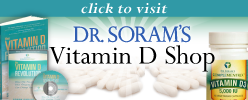
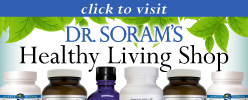
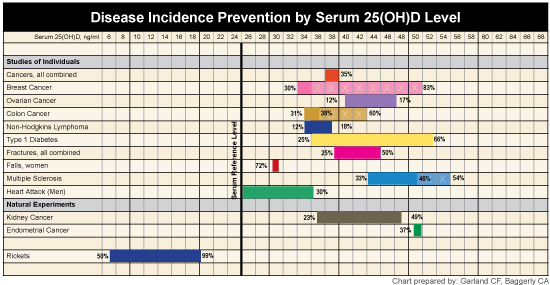



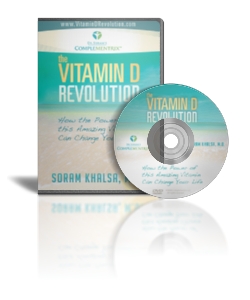
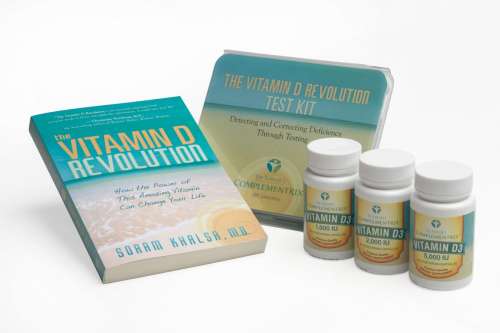
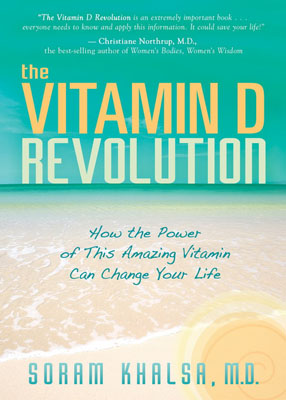
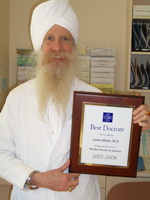 I am honored to announce to my patients and friends that I have just been nominated and elected into "Best Doctors of America."
I am honored to announce to my patients and friends that I have just been nominated and elected into "Best Doctors of America."


